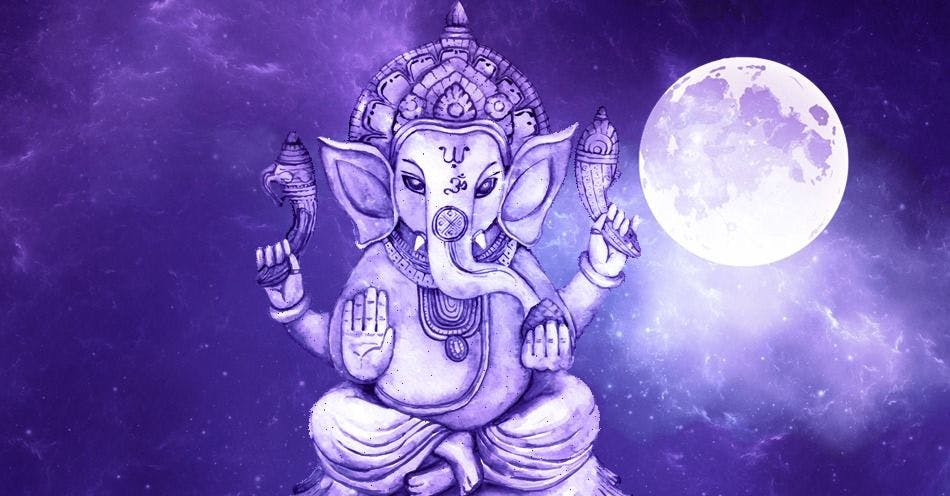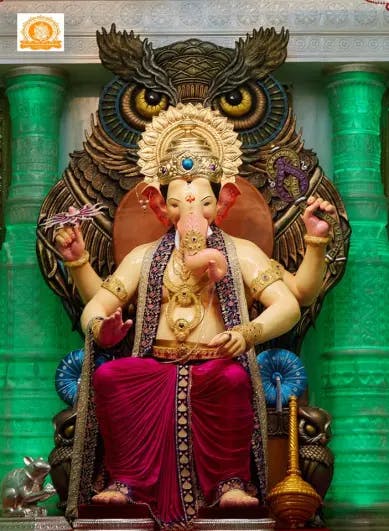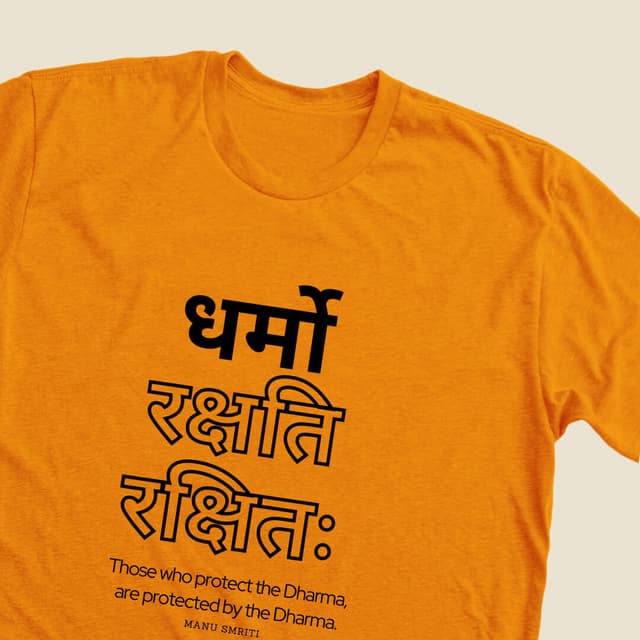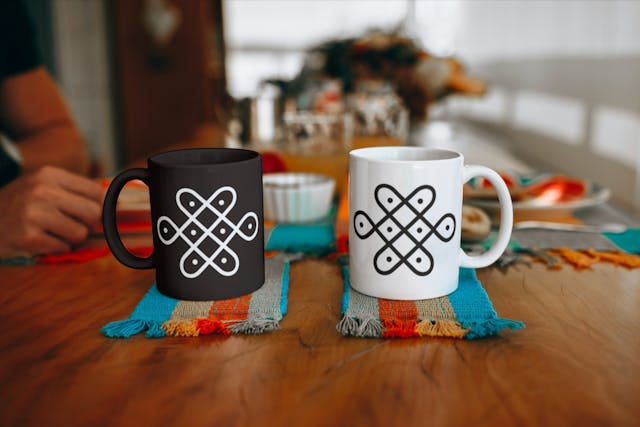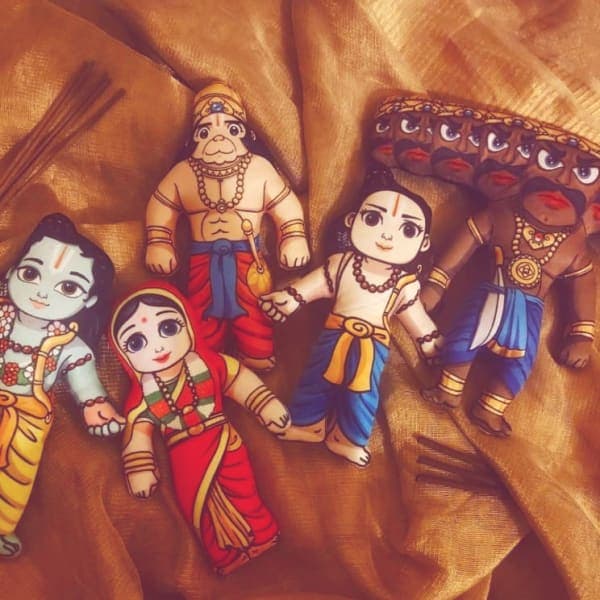Ganesh Chaturthi – 2023
Ganesh Chaturthi which falls in the Baisakhi month of the Shaka calendar and the fourth tithi of the waxing moon i.e Shukla Paksha of the lunar transit system, Ganesha has been marked as an epitome of everything good and prosperous being hailed as the Vighnaharta (The remover of all the obstacles).
Ganesh Chaturthi is celebrated on a massive scale in the state of Maharashtra, the festival was initially started by Lokmaniya Tilak ji who wanted to instill nationalistic fervor and a unified spirit among the local populace against the British.
Origin
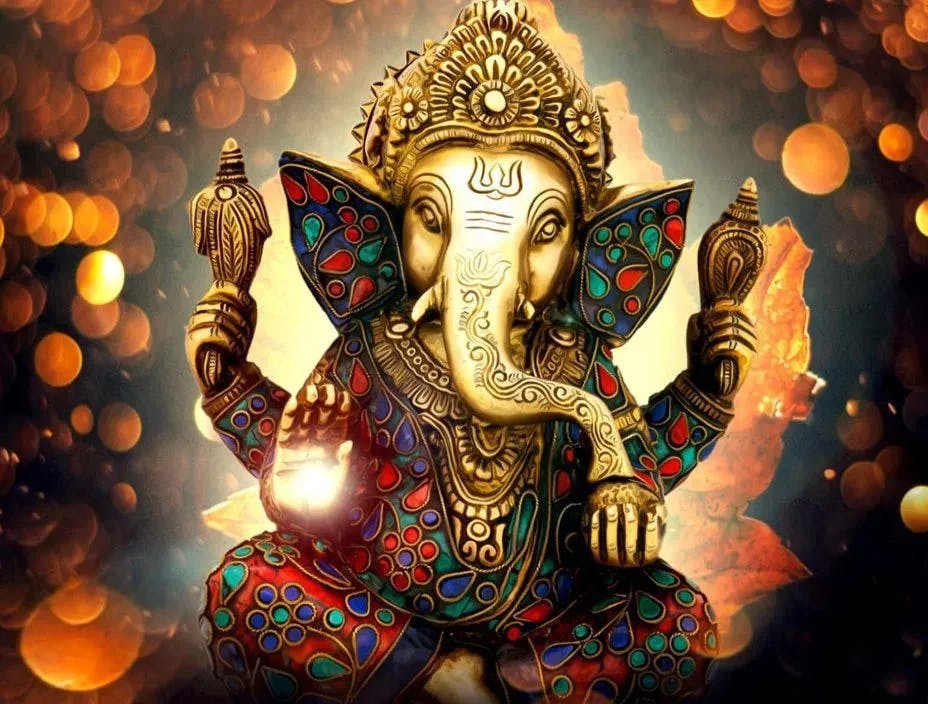
Going by the classical texts Ganesha finds its first mention in the Rigveda. There are two slokas attributed to lord Ganesha they are sloka 2.23.1 and 10.112.9. The first sloka hails Ganapati as the
“seer among the seers, abounded with food, presiding among the elders and being the lord of an invocation”. While the second shloka attributes Ganapati with the title that “nothing nearby or far is performed without you”, he has been hailed as the Lord of Multiverses, observing each being and their actions.
However, the Rigveda does not mention any festival ascribed to Ganapati as
Ganesh Chaturthi. The later works of literature of the post-Vedic period such as Grhya Sutras, Vajasaneyi Smriti, Yajnavalkya Smriti, and Mahabharata also mention Ganapati as the lord of success and obstacle remover, giving him the title Vighnaharta.
Trivia
Regional Approach
Shlokas and Rituals

Vakra-Tunda-Mahakaaya,
Surya-Koti-Sam-Prabhah.
Nirvighnam-Kuru-Me-Deva,
Subha-Karyeshu-Sarvadaa.
==========================
Shuklaambaradaram Vishnum,
Sashivarnum chaturbhujam,
Prasannavadanam dhyayet,
Sarva vighnopashantaye.
==========================
Agajaanana Padmaarkam
Gajaananam Aharnisham
Anekadantham Bhaktaanaam
Ekadantam Upaasmahey
============================
Gajaananam Bhoota Ganaadhi Sevitam
Kapitta Jamboophaala Saara Bhakshitam
Umaasutam Shoka Vinaasha Kaaranam
Namaami Vighneswara Paada Pankajam
==============================
Ganaanaam Twam Ganapathi Gam Havaamahe
Kavim Kaveenaam Upamasra Vastamam
Jyeshta Raajam Brahmanaam Brahmanaspatha
Aanashrunvanna Oothibhi Seedha Saadanam
Here are the things which are required for Ganesh Chaturthi Puja.

- An idol of Lord Ganesh
- Chandan or sandalwood paste.
- Red flowers, preferably Hibiscus flowers.
- Incense sticks.
- Durva grass.
- Modaks or any sweets made at home after taking bath and without having any food.
- Some fruits.
- A Chaurang or elevated table to place the idol.
- A cloth to cover the table and things to decorate it like lights.
- Diya to light in front of the idol for Aarti.
- Cleaning of the house for the puja is mandatory.
- Wear fresh clothes and get ready for the puja.
- Prepare the Ganesh mandap with coconut or banana leaves. One can use mango leaves and flowers also to decorate it. Some decorate it with the leaves of the Ashoka tree.
- A pot filled with water and rice is installed near the idol of Lord Ganesh.
- Install the idol of Lord Ganesh saying ‘Om Ganesha Namah’.
- The Puja is started by chanting 108 names of Lord Ganesh or chanting simple Ganesh mantras.
- Diya is lit and offerings are made to the lord by singing hymns especially dedicated to Ganesh or Ganesh Aarti.
- Naivaidya of special recipes and fruits to Ganesh Jee is done.
- There is a sign for the number 21 in this Puja and so people offer 21 Durva grass blades and 21 Modaks. 21 signify – 5 organs of perception, 5 organs of action, 5 vital breaths of air, 5 elements, and the mind.
- However, when performing Ganesh Chaturthi Puja at home one can be flexible. All that is needed is to have a clean body and mind and the thing that is most important is devotion and not ritual.
Conclusion
The above article is a just-minute contribution to helping the devotees of lord Ganesha in understanding their lord and worshipping him, may Vignaharta remove all the obstacles from the pathway of the progress of all the readers who read this article.
...

